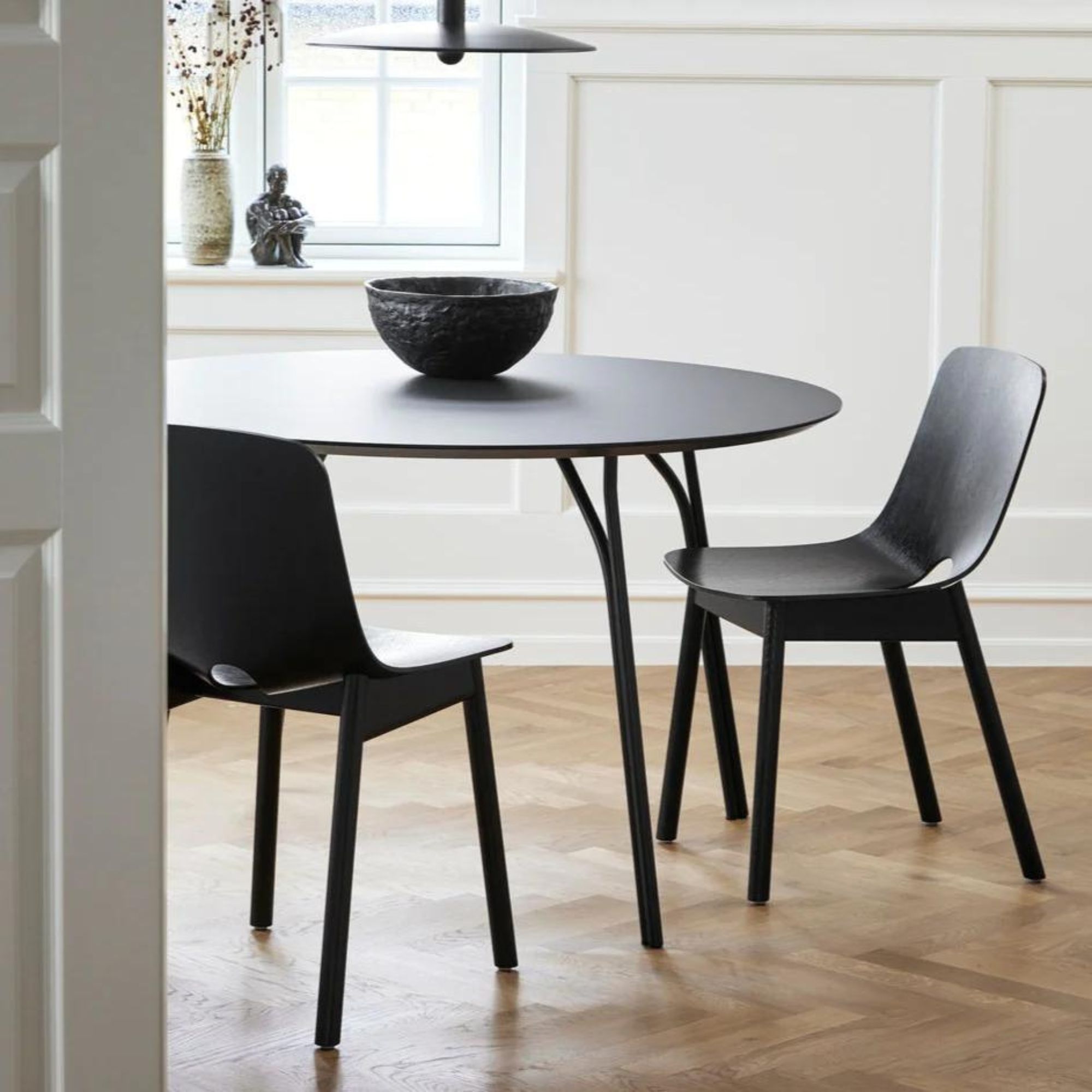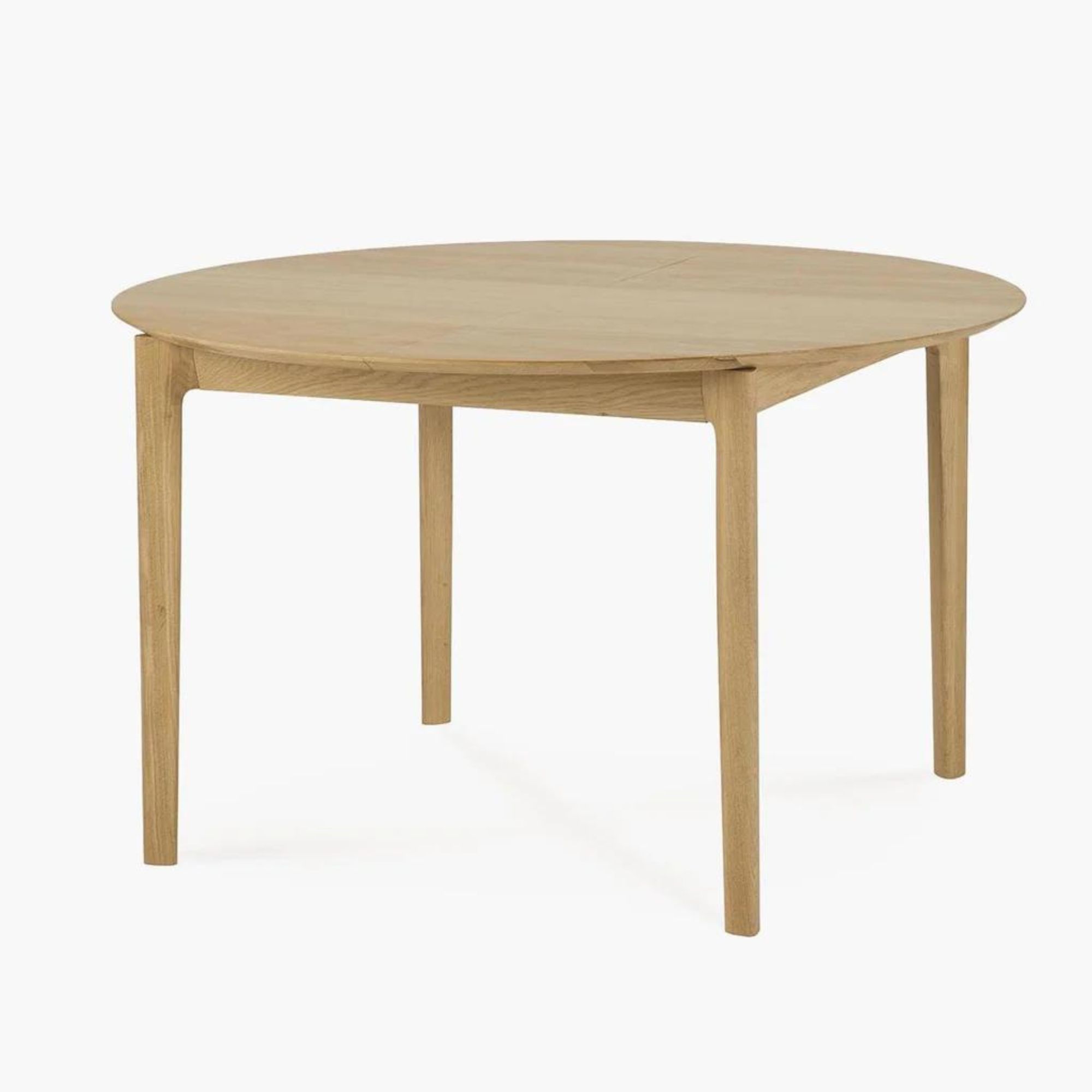Do I need a kitchen table? Designers weigh up tables vs kitchen islands
Interior designers are in favor of these kitchen additions – this is why you should consider one
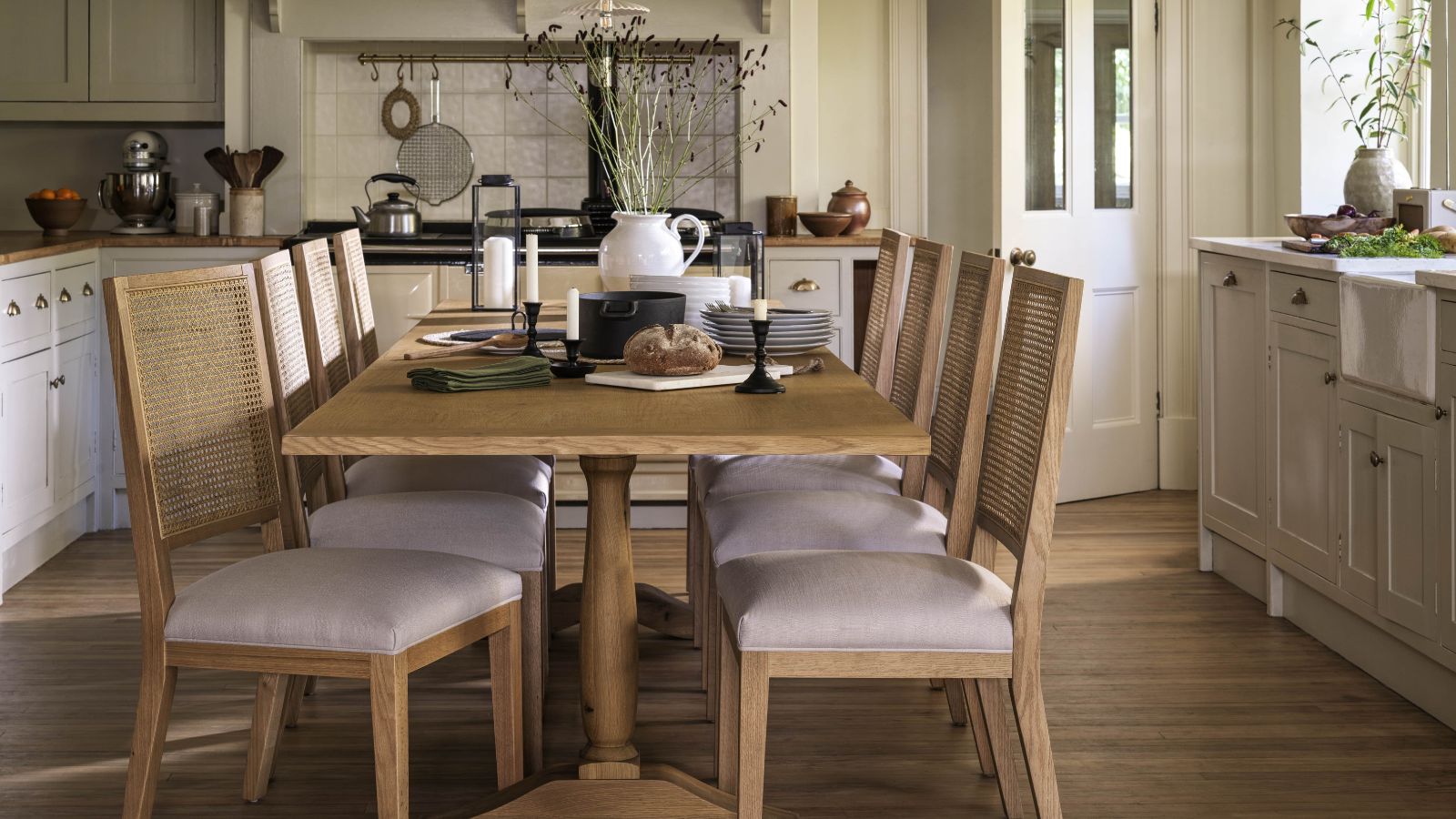

When planning your kitchen, the primary focus is to make the best use of every inch of space, adding cabinets and islands wherever they can fit. One thing we rarely think about, however, is the kitchen table.
While these additions may be seen as a little outdated, designers are keen to bring the kitchen table back, and for good reason. Whether it is to improve accessibility or use kitchen features to add value to your home, the answer to whether or not you need a kitchen table is a resounding yes.
These are the four reasons you might want to consider adding a kitchen table to your space, according to the experts.
Do I need a kitchen table?
‘In my experience, the inclusion of a kitchen table depends on various factors such as the available space, the layout of the kitchen, and the specific needs of the homeowners,’ begins Ladina Schöpf, interior architect and founder of LS Projects. ‘In smaller spaces, a kitchen table might not be feasible, but alternatives like a compact dining nook or a bar counter can be considered.’
However, when planning and designing a kitchen, she suggests that simple kitchen tables can instantly add functionality to the space, especially if you do not have an island. ‘If there is ample space and the kitchen layout allows for it, a kitchen table can serve as a versatile area for meal preparation, dining, and even gathering with family and friends,’ she shares.
With that in mind, these are the four reasons you should consider adding a table where you have the space.

Ladina is the founder of design studio LS Projects; specializing in architectural design and bridging the gap between aesthetics and practicality.
1. It gives you extra workspace
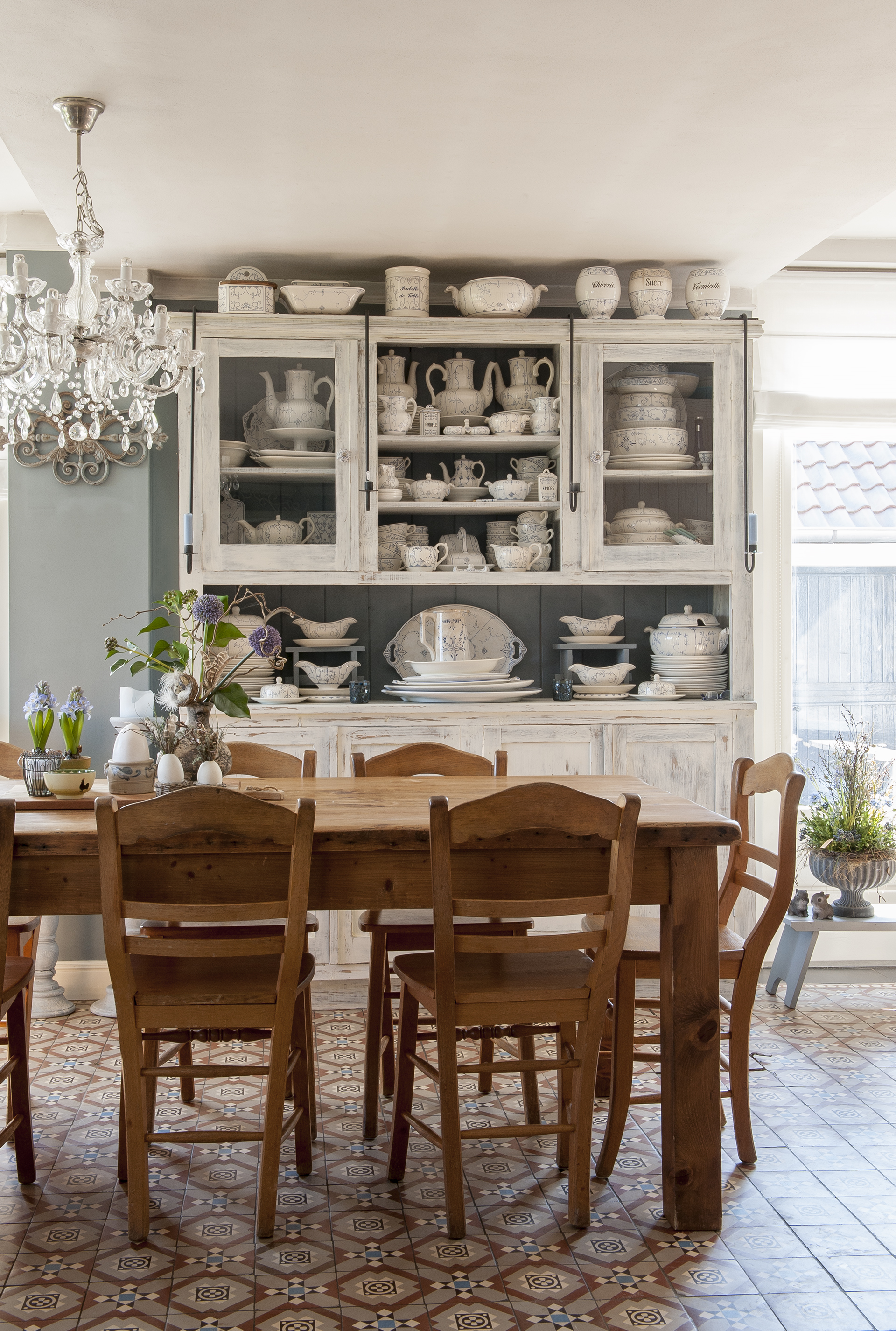
When you want to add extra workspace to your kitchen, the usual solution is to work in more kitchen countertops or a kitchen island. Eryn Oruncak, designer and founder of Elan Design suggests that having all three is the absolute ideal:
Design expertise in your inbox – from inspiring decorating ideas and beautiful celebrity homes to practical gardening advice and shopping round-ups.
‘The option to include a kitchen table, even if you have an island, is ideal mainly because it gives active households flexible and efficient functionality in what is already a busy space,’ she explains. ‘Having an added option for connecting with your family and friends, spreading out a project, folding the laundry, the place for homework, a kitchen table seems to be a catch-all for whatever is happening throughout the day.’

Eryn believes that the home is the foundation for your life, your work, and your family. She has studied the science of the effects a well-crafted room has on our brain, and the ways beauty and art enhance our mental, physical, and emotional health.
2. It makes the kitchen the hub of the home
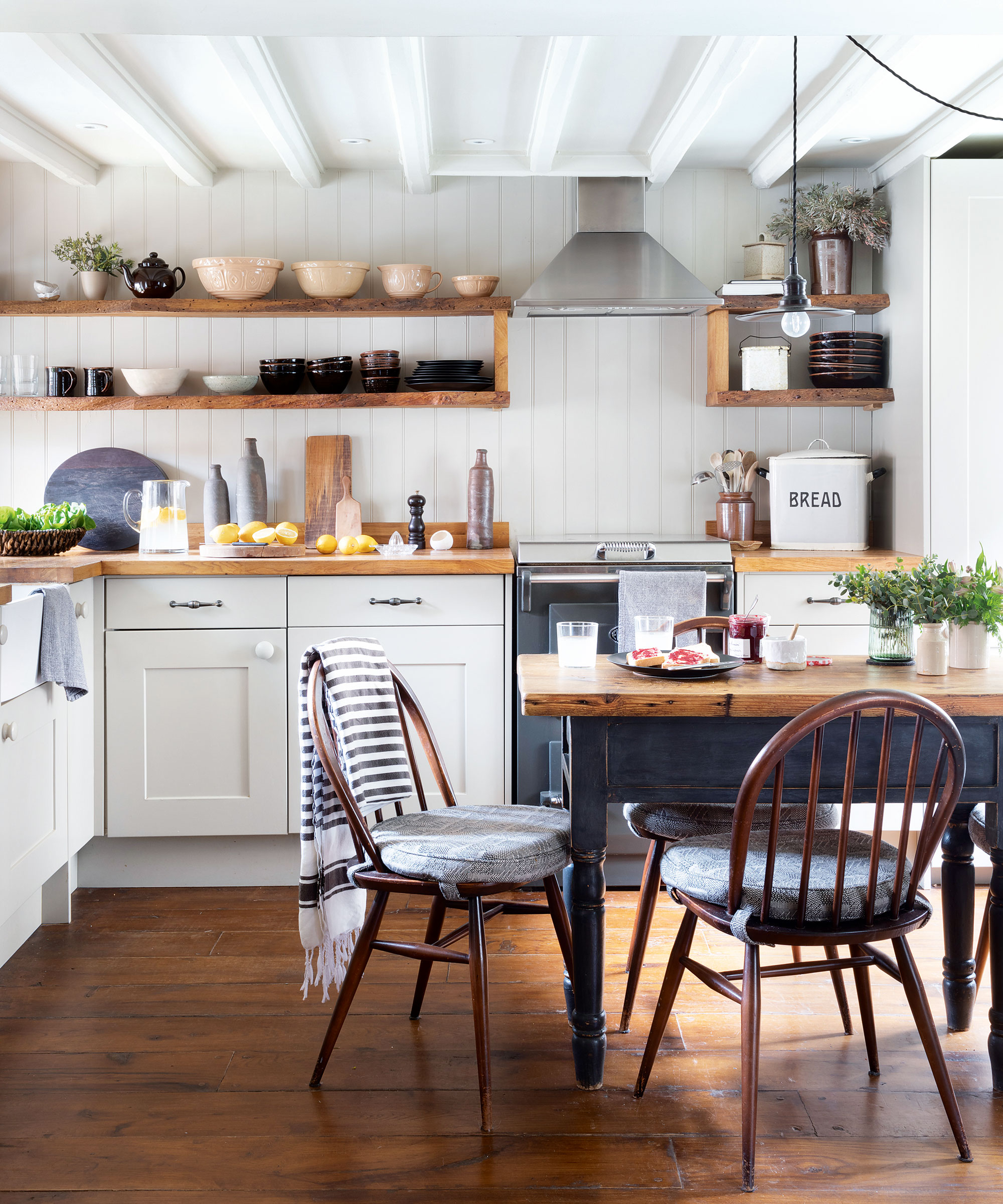
While adding a kitchen table may not be the first thing that comes to mind when trying to instantly elevate your kitchen, designer Eryn Oruncak highlights that adding this extra space for everyday household activities can increase the value of your home:
‘Potential buyers are drawn to a perception of added space and convenience that it brings to the hub of a home,’ she explains. ‘Even if you have an island, sitting at a table gives an overall familiar, more relaxed feeling when eating. This is where the option to grab a quick bite on a weekday at the island is balanced by a relaxed vibe with Sunday brunch at the table.
‘Meal time at a kitchen table feels intentional and often brings us a grounded feeling.’
3. Kitchen tables can help with accessibility

Accessibility is usually forgotten when it comes to designing a space. However, when designing your kitchen layout, it's important to consider very young or elderly family members.
‘If your household includes children, older adults, or anyone with balance or mobility issues, there should be table-height seating available close by,’ says Jamie Gold, wellness design consultant and author of Wellness by Design, available at Amazon. ‘That doesn’t limit you to using a traditional table, but you should offer a 28-30” height surface for eating and other activities typically done seated (e.g., reading, writing, jigsaws, etc.). Your table height surface could be a lowered kitchen counter on the backside of an island or peninsula if space allows.
‘The idea is not to expect a toddler or WWII veteran to climb onto a counter or bar stool. If you have an older family member who typically helps with meal prep, providing this relative with the opportunity to help while seated could be a definite multi-generational benefit to them – and potentially to your home’s resale value as accessible housing is in high demand.’
'If you have a small kitchen, then having a table nearby helps to maintain the connection between whoever is cooking and those who are using the table,' Jamie adds. ‘It should be within a conversational distance to that zone.'
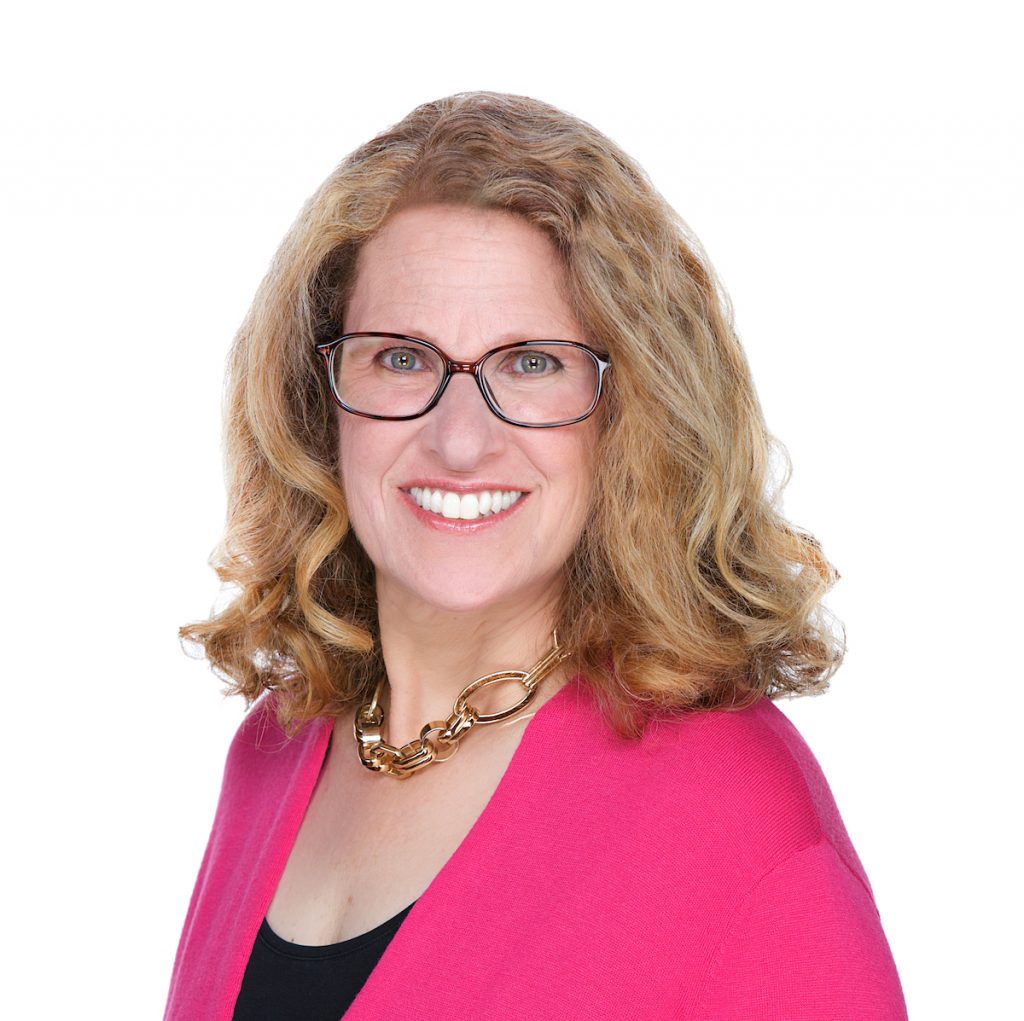
Jamie is a Certified Kitchen Designer and Certified Aging in Place Specialist. She recently started her own wellness design consultancy, has written two best-selling kitchen and bath design books, and was named to Kitchen & Bath Design News’ inaugural 50 Innovators roster.
4. Kitchen tables can stand in for formal dining
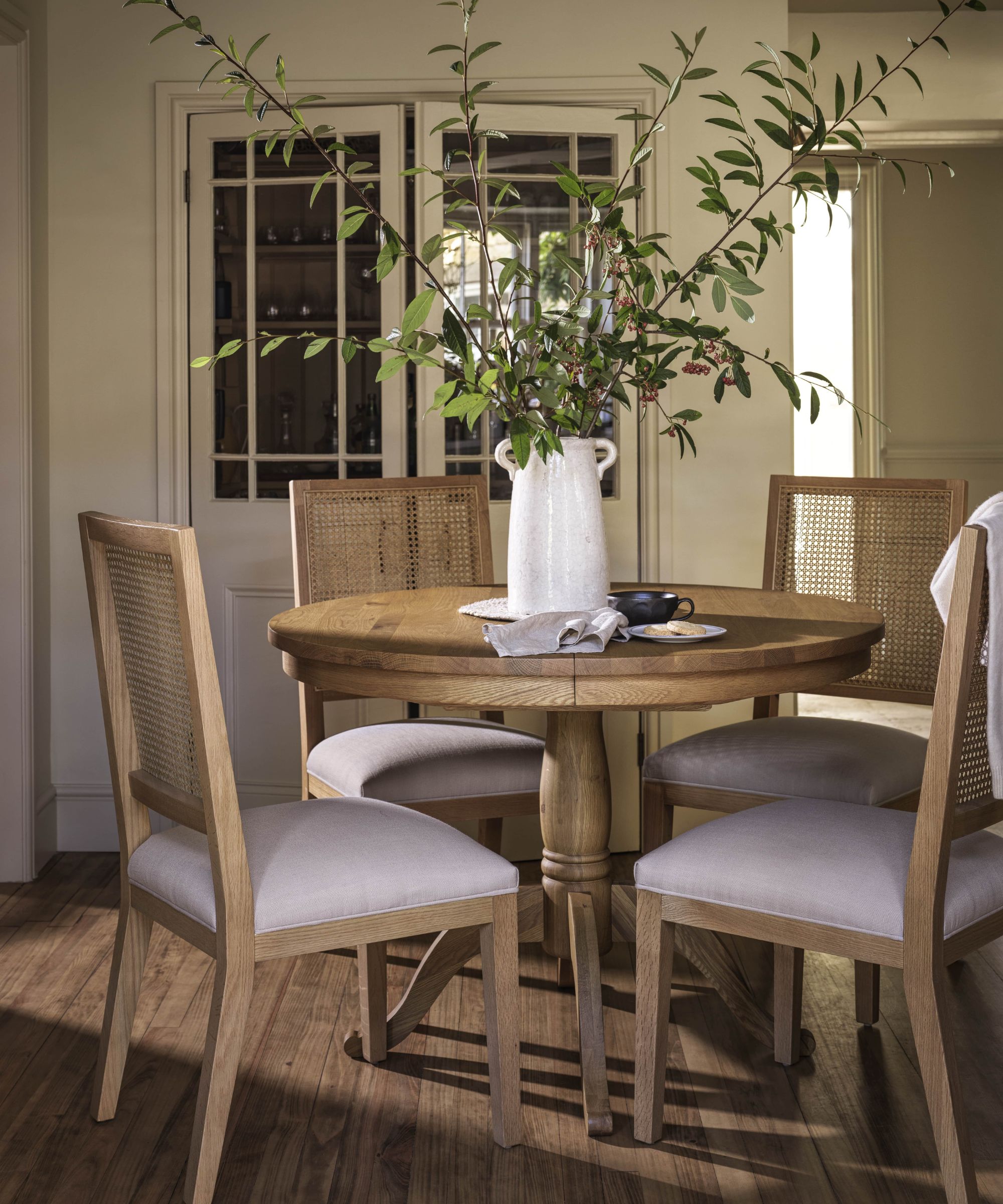
Kitchen tables are for more than just breakfast and homework. They are the perfect dining room alternative if you like to host friends and family in a more formal setting than gathering around your island or TV, says Ladina Schöpf, interior architect:
‘I have encountered situations where an island serves as the central point for dining and casual meals, eliminating the need for a separate kitchen table. Islands can provide additional countertop space and storage while functioning as a dining area.
‘However, in some cases, homeowners prefer a dedicated kitchen table for formal dining purposes, especially if they often entertain guests.’
FAQs
Do people use kitchen tables anymore?
In modern kitchens, kitchen tables are often omitted in favor of having a larger kitchen island that doubles up as seating and storage/prep space. However, a kitchen table can offer a more formal alternative for dining, especially if you do not have a dining room, meaning it is a worthwhile consideration if you have the space or do not need the storage that comes with an island.
What can I use instead of a kitchen table?
If you do not have a permanent kitchen table in your space, then it can be handy to have a folding kitchen table, pull-out table, or a built-in home bar or island to offer you some extra seating and prep space whenever you need it.
If your kitchen is too small for a table, then you can outsource your dining requirements to another room, adding in a more formal dining space in a room you don't use often close to your kitchen or doubling up your living area into a living-dining space perfect for hosting and gathering the family together.
All in all, when you next plan a kitchen remodel, keeping a kitchen table in mind is a great way to elevate the space and future-proof your home. Whether you have space for a simple four-seater dining nook or a grand 12-seat dining set, you won’t regret this addition to your home.

Chiana has been at Homes & Gardens for two years and is our resident 'queen' of non-toxic living. She spends most of her time producing content for the Solved section of the website, helping readers get the most out of their homes through clever decluttering, cleaning, and tidying tips. She was named one of Fixr's top home improvement journalists in 2024.
